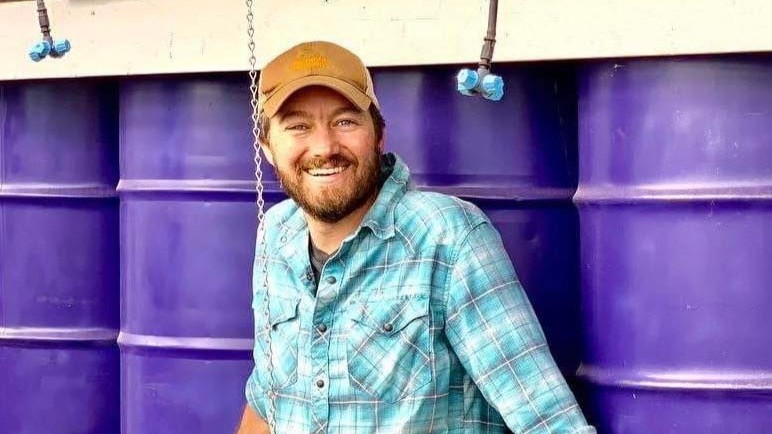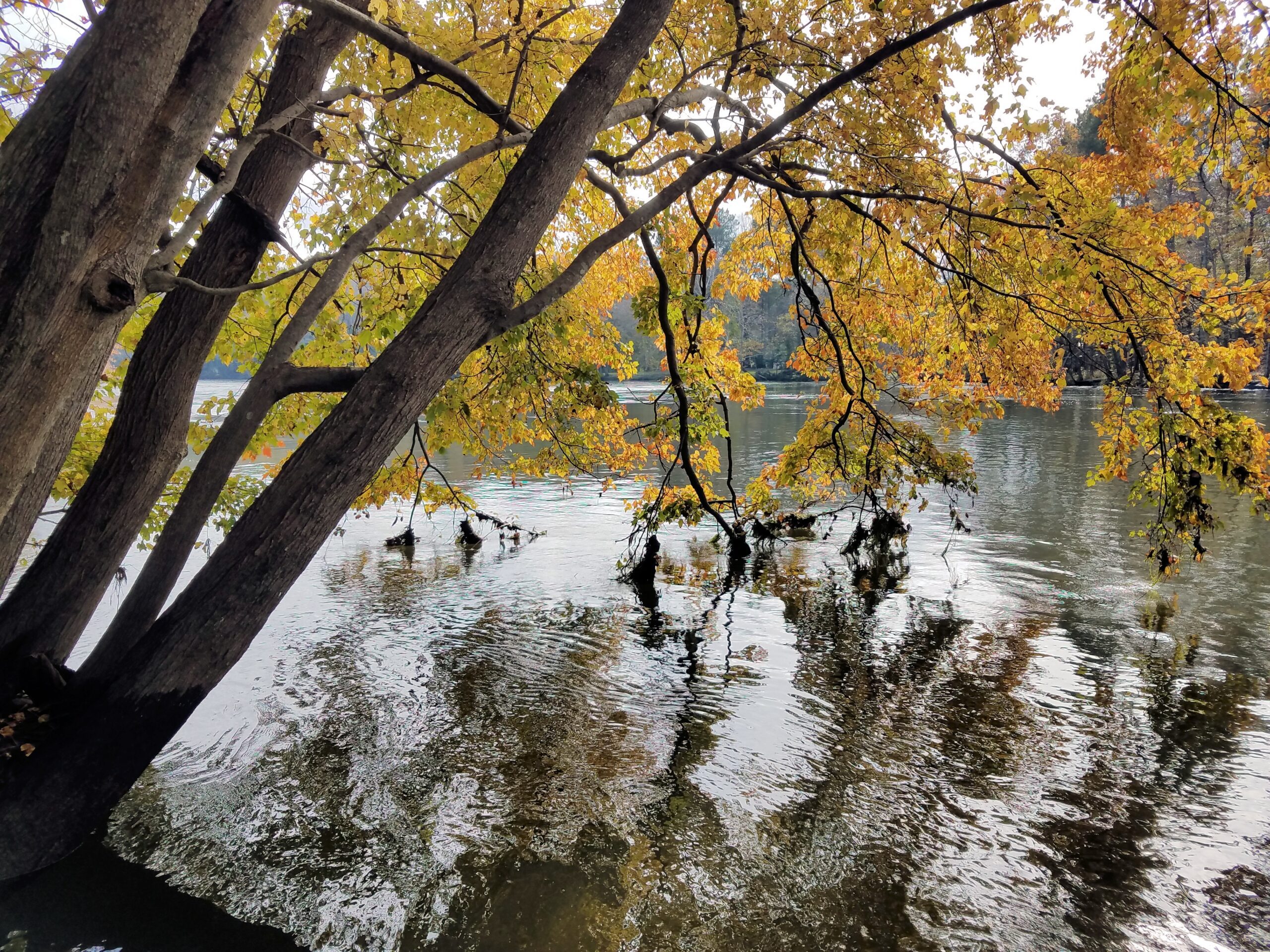Bill Stringer, Ph. D., Retired Clemson faculty
 What is a garden?
What is a garden?
Merriam-Webster lists several definitions: A plot of ground where herbs, fruits, flowers, or vegetables are cultivated; or
A public recreation area or park usually ornamented with plants and trees, as in a botanical garden or home landscape; or,
Alternatively, an open-air eating or drinking place, as in a beer garden. Sounds like a good venue for recovering from a grueling run or hike!
Implied in the first two definitions is a need for regular, perhaps hard maintenance work, ie. weeding, mulching, pest control, etc. Also, an area of land must be altered from a habitat designed by Nature for naturally occurring plants and other wildlife, into a space for human utilization or enjoyment. And this is not all bad. After all, I love fresh vegetables as much as the next person, and a walk through a beautiful botanical garden can really help lighten the cares of the world. And the very act of gardening can be therapeutic. But our approach to gardening can be seriously problematic.
Evolution of Bill
I grew up on a farm, helped to grow corn, wheat, and pastures. I minded the cattle, helped bale the hay, but my least favorite was managing large numbers of chickens that were destined to become chicken tenders. I hurried away to university and graduate school in agriculture. It was in graduate school that I was tricked by a fellow graduate student into buying a pair of Brooks waffle sole running shoes and running with him.
I took my new sport of running (more properly jogging) with me to my first faculty position at Penn State, where I gradually morphed in road racing. I quickly learned to accept life in the last third of the finishers. I learned to ignore the pain and fatigue of 10K and 20K races. It was on those longer (to me) races that I began to look for distraction in the vegetation and wildlife along the roads and trails. As a plants guy, I learned quickly to identify my plant friends along the roadside. My friends helped me to increase my knowledge of the songbirds I heard and saw along the way. Life on the run became a lot more fun.
When I came to Clemson, I became interested in native grasses and wildflowers. As I got deeper into the study of these natives, I noticed that they were common along rural roadsides. Then I learned of the close positive relationships between native plant communities and songbirds. Then I learned that Nature had given the southeastern USA an important assignment: to serve as a nursery for migratory songbird species. The declining numbers and species of migratory songbirds indicate that we are failing to hold up our end of the deal.
What is going on here?
This decline has been attributed to rapid development of rural land into housing and industrial sites. Fencerows and woodlands were turned into areas of parking lots, rooftops, and lawns. The destructive impact of development is magnified by the fact that homesites and industrial sites are usually re-vegetated with non-native plants. The songbirds returned home from Central and South America, did not recognize the place, and found that the new landscape was nearly useless to a pair of songbirds trying to raise the kids.
Where we go wrong is assuming that a beautiful lawn is just as appealing and good for wildlife as it is for us humans. It is not!
What can we do to fix this? Get busy converting portions of home landscapes, golf course roughs and industrial sites into gardens of native grasses, wildflowers, shrubs, and trees. When? ASAP. From the 80’s movie, “If we build it, they will come”. And we will have a more interesting place to do our running, walking, and hiking. Watch for more on how to accomplish this in succeeding articles.



